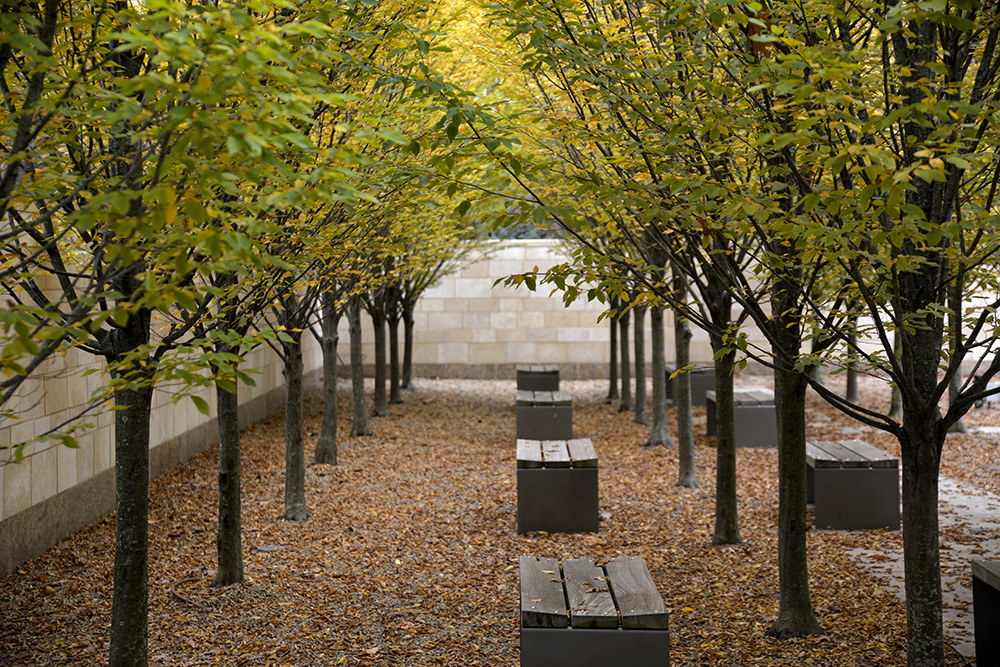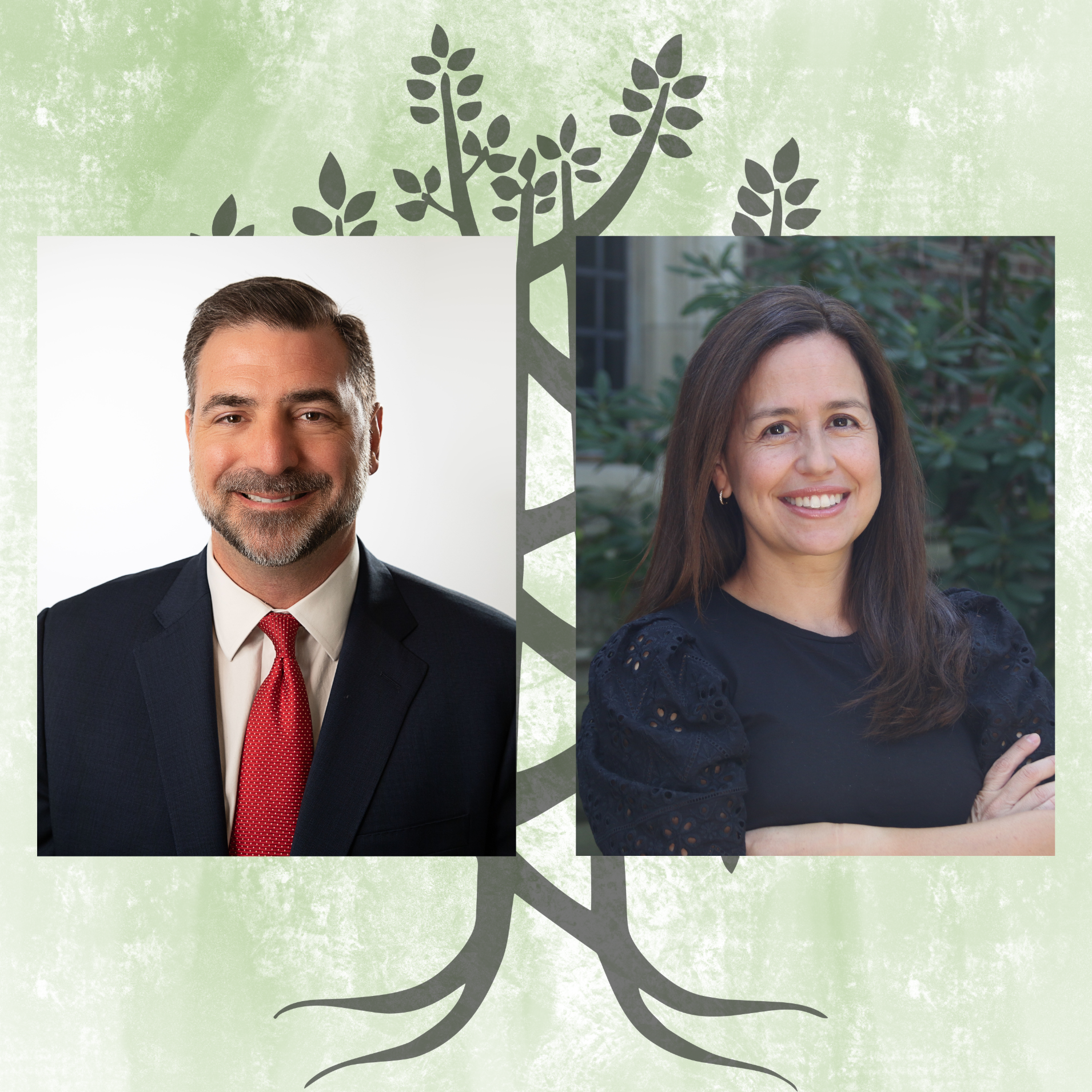
Our new Makom is a “green” building from top to bottom, whether it’s the roof designed for the addition of solar panels, or the rain garden and permeable paving in the parking lot. However, one surprise was that our new building was not so green when it came to energy consumption. When we moved into our new building, we were surprised to discover how high our energy bills were. The new building cost us $115,000 for gas and electricity in 2012. Of course, we knew that the new building was much larger to address our growing needs, but even on a per-square-foot basis, it was consuming about the same amount of energy as the old building—even though it was 40 years newer.
We were told that the opportunities for energy efficiency improvements in a new building were limited or nonexistent. There is no old inefficient furnace to replace, or uninsulated walls to upgrade. However, going with the principle that it never hurts to ask, we approached two energy efficiency consultants, realizing that there was some upfront cost in doing so and nothing might come of it.
Ultimately we contracted with Gary Elovitz of Energy Economics in Newton, MA. We were surprised and delighted to discover that Mr. Elovitz was able to identify the cause of some heating and cooling issues in the sanctuary and identify contracting and servicing, by a previous vendor, that required improvements. Even better, the resulting refund from that vendor paid for Gary’s first contract.
Moving on to the energy efficiency project, Gary was able to make an initial set of changes through software settings alone. Here the money we had invested in a state-of-the art computer based building control system paid off: Gary was able to make the changes and monitor results from his office. These changes, made in late December 2012, involved changing internal settings on the equipment so that the correct temperature and volume of air is delivered more efficiently to all the occupied spaces in the building.
What are the results so far? With a year’s worth of data since the software changes, gas usage is down 24% and electricity usage is down 18% (electricity usage includes lighting and electrical outlets). This is so, even though 2013 was colder than 2012. These energy reductions, combined with a modest decline in energy prices have saved us $23,000 in one year. TBE’s carbon footprint has dropped by about 25%, or approximately 100 tons of CO2 equivalents per year. That’s like taking 20 average cars off the road or eliminating the total energy consumption of five houses.
A second phase of improvements, beginning this year, involves more than just software changes. Variable frequency drives will be installed on many of the fans to allow them to run more efficiently at lower speeds most of the time; carbon dioxide sensors in the large spaces will detect how many people are in the room, and automatically adjust the airflow; outdoor temperature sensors will allow the variable speed fans to run more slowly in cooler weather; the boilers will disable in warm weather which they are not doing now; and programming changes in the snow melt system will make it run more efficiently. In a third phase, we will look at lighting, computer and appliance efficiency.


